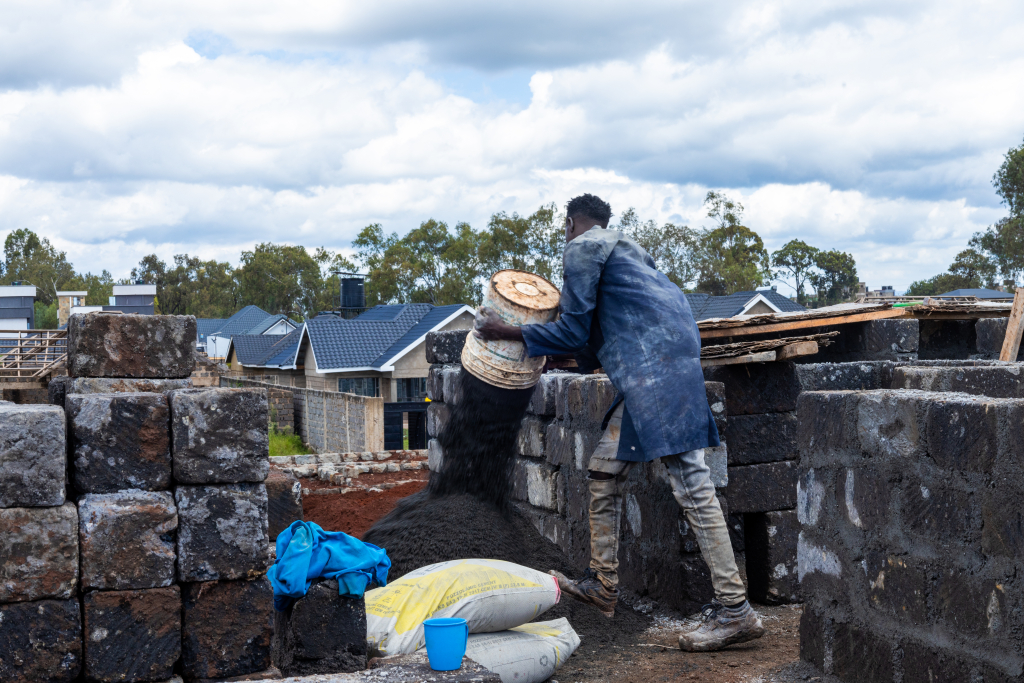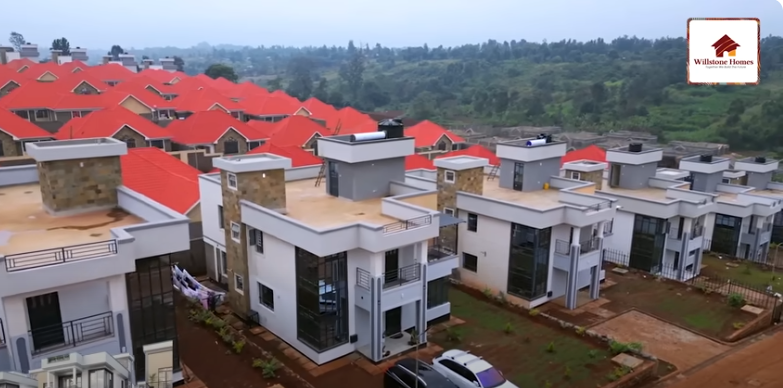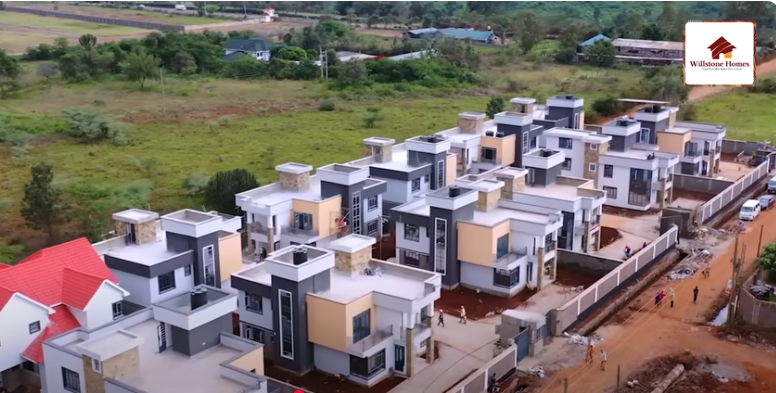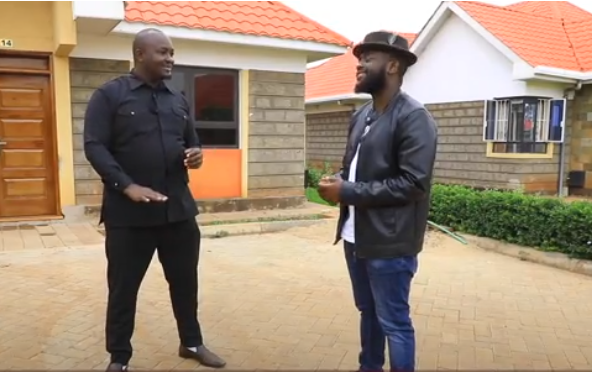The Nairobi skyline is booming with new towers and estates, yet many projects tell a hidden story: Kenya real estate developers capital recovery remains one of the toughest challenges in the property market. Developers invest billions in land, construction, and approvals, but recouping that capital often takes far longer than expected — and sometimes never happens at all.
Here’s why.
1. High Land Costs in Nairobi
Land prices in Nairobi absorb a massive chunk of development budgets.
- In 2025, an acre in Kilimani or Kileleshwa averages KES 400M–600M.
- Developers must set high unit prices to recover costs, but demand in this premium bracket has slowed.
This mismatch between cost and demand is one of the biggest drags on Kenya real estate developers capital recovery.
Read Also: Urban Apartments vs Satellite Town Homes in Nairobi: Which is the Smarter Buy in 2025?
2. Expensive Financing
Developers often rely on bank loans, but commercial lending rates remain steep: 14–18% annually.
- Loan repayment schedules typically kick in before units are sold.
- Delayed sales mean interest eats away at profits.
The longer a project takes to sell, the harder it becomes to achieve full capital recovery.
3. Oversupply of Apartments

Certain markets — like Kilimani, Westlands, and Lavington — have seen a flood of mid- and high-end apartments.
- Vacancy rates in some Kilimani projects are as high as 25–30% (2024 survey).
- Tenants and buyers are shifting to affordable homes in satellite towns such as Ruiru, Athi River, and Kitengela.
Oversupply makes it difficult for developers to move units quickly, directly hurting their ability to recover capital.
4. Infrastructure & Approval Costs
Developers in Nairobi often face hidden expenses:
- County approval fees and licensing charges.
- Costly utility connections for electricity, water, and sewer.
- Delays in permits, which stretch timelines by 6–12 months.
Each delay increases holding costs, pushing capital recovery further out of reach.
5. Shifting Buyer Preferences
Kenyan buyers are moving away from compact city apartments toward gated communities in satellite towns. They want:
- More space for families.
- Lower service charges.
- Security and long-term affordability.
Developers who continue focusing on luxury apartments struggle, while those adapting to this demand recover capital much faster.
Barriers to Kenya Real Estate Developers Capital Recovery (2025–2026)
| Challenge | Impact on Developers |
|---|---|
| Land prices (KES 400M–600M per acre in Nairobi) | Raises unit prices beyond market demand |
| High interest rates (14–18%) | Cuts into profit margins |
| Oversupply of apartments | Slows sales and leasing |
| County approvals & permits | Increases costs and delays timelines |
| Changing buyer preferences | Weakens demand for city apartments |
The boom in construction hides a sobering reality: Kenya real estate developers capital recovery is threatened by high land prices, expensive financing, oversupply, and shifting buyer demands. The winners in 2026 will be developers who pivot to affordable gated communities in Nairobi’s satellite towns, where capital recovery is faster and demand more reliable.
Read Also: Service Charge Inflation in Nairobi Apartments: Are Gated Communities the Safer Bet in 2025?
Willstone Homes

At Willstone Homes, we’ve aligned our strategy with market realities. By building modern gated communities in Nairobi’s satellite towns, we reduce land acquisition costs, lower service charges, and deliver exactly what middle-class families want.
👉 Choose Willstone Homes — where real estate investment makes sense, and capital recovery is achievable.




